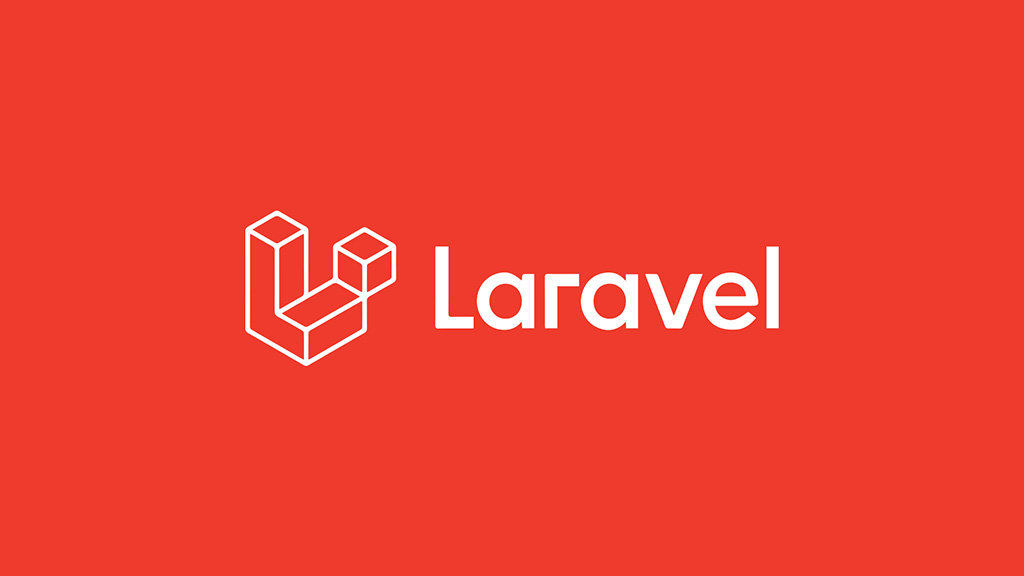Migration 是一種資料庫的版本控制,讓團隊能夠輕鬆的修改跟共享應用程式的資料庫結構。遷移通常會搭配 Laravel 的結構建構器,讓你可以輕鬆的建構應用程式的資料庫結構。
這邊使用 make:migration Artisan 指令建立 Migration
php artisan make:migration create_product_table
執行完指令後會在 database/migration 資料夾裡看到一個新的檔案,檔名會類似:2021_08_08_032007_create_product_table.php,這是根據你執行指令的時間會建立的檔案。
檔案內容大概如下:
use Illuminate\Database\Migrations\Migration;
use Illuminate\Database\Schema\Blueprint;
use Illuminate\Support\Facades\Schema;
class CreateProductTable extends Migration
{
/**
* Run the migrations.
*
* @return void
*/
public function up()
{
Schema::create('product', function (Blueprint $table) {
$table->id();
$table->timestamps();
});
}
/**
* Reverse the migrations.
*
* @return void
*/
public function down()
{
Schema::dropIfExists('product');
}
}
一個 Migration 會包含兩個方法:up 和 down。up 方法用於在資料庫內增加新的資料表表、欄位、或索引,而 down 方法則必須簡單的反向執行 up 方法的操作。
這邊我們把 product 的資料表簡單設定為這樣:
public function up()
{
Schema::create('product', function (Blueprint $table) {
$table->id();
$table->string('name');
$table->integer('price');
$table->timestamps();
});
}
接著執行 migrate Artisan 指令,就可以幫你建立好資料表了。
php artisan migrate
如果在你執行時出現「class not found」的錯誤,請試著在執行 composer dump-autoload 指令後再次執行一次遷移指令。
當然,結構建構器包含許多欄位類型,供你建構資料表時使用:
| 指令 | 描述 |
|---|---|
$table->bigIncrements('id'); |
遞增的 ID(主鍵),使用相當於「UNSIGNED BIG INTEGER」的型態。 |
$table->bigInteger('votes'); |
相當於 BIGINT 型態。 |
$table->binary('data'); |
相當於 BLOB 型態。 |
$table->boolean('confirmed'); |
相當於 BOOLEAN 型態。 |
$table->char('name', 4); |
相當於 CHAR 型態,並帶有長度。 |
$table->date('created_at'); |
相當於 DATE 型態。 |
$table->dateTime('created_at'); |
相當於 DATETIME 型態。 |
$table->decimal('amount', 5, 2); |
相當於 DECIMAL 型態,並帶有精度與基數。 |
$table->double('column', 15, 8); |
相當於 DOUBLE 型態,總共有 15 位數,在小數點後面有 8 位數。 |
$table->enum('choices', ['foo', 'bar']); |
相當於 ENUM 型態。 |
$table->float('amount'); |
相當於 FLOAT 型態。 |
$table->increments('id'); |
遞增的 ID (主鍵),使用相當於「UNSIGNED INTEGER」的型態。 |
$table->integer('votes'); |
相當於 INTEGER 型態。 |
$table->json('options'); |
相當於 JSON 型態。 |
$table->jsonb('options'); |
相當於 JSONB 型態。 |
$table->longText('description'); |
相當於 LONGTEXT 型態。 |
$table->mediumInteger('numbers'); |
相當於 MEDIUMINT 型態。 |
$table->mediumText('description'); |
相當於 MEDIUMTEXT 型態。 |
$table->morphs('taggable'); |
加入整數 taggable_id 與字串 taggable_type。 |
$table->nullableTimestamps(); |
與 timestamps() 相同,但允許 NULL。 |
$table->rememberToken(); |
加入 remember_token 使用 VARCHAR(100) NULL。 |
$table->smallInteger('votes'); |
相當於 SMALLINT 型態。 |
$table->softDeletes(); |
加入 deleted_at 欄位於軟刪除使用。 |
$table->string('email'); |
相當於 VARCHAR 型態。 |
$table->string('name', 100); |
相當於 VARCHAR 型態,並帶有長度。 |
$table->text('description'); |
相當於 TEXT 型態。 |
$table->time('sunrise'); |
相當於 TIME 型態。 |
$table->tinyInteger('numbers'); |
相當於 TINYINT 型態。 |
$table->timestamp('added_on'); |
相當於 TIMESTAMP 型態。 |
$table->timestamps(); |
加入 created_at 和 updated_at 欄位。 |
$table->uuid('id'); |
相當於 UUID 型態。 |
欄位修飾
除了上述的欄位類型列表,還有一些其它的欄位「修飾」,你可以將它增加至欄位。例如,若要讓欄位「nullable」,那麼你可以使用 nullable 方法:
Schema::table('users', function ($table) {
$table->string('email')->nullable();
});以下列表為欄位可用的修飾。此列表不包括索引修飾:
| 修飾 | 描述 |
|---|---|
->first() |
將此欄位放置在資料表的「第一個」(僅限 MySQL) |
->after('column') |
將此欄位放置在其他欄位「之後」(僅限 MySQL) |
->nullable() |
此欄位允許寫入 NULL 值 |
->default($value) |
為此欄位指定「預設」值 |
->unsigned() |
設置 integer 欄位為 UNSIGNED |
如果要還原上一次的操作,則是執行 migrate:rollback 指令:
php artisan migrate:rollback
使用 migrate:reset 則會還原全部指令。
php artisan migrate:reset
migrate:refresh 指令首先會還原你資料庫的所有遷移,接著再執行 migrate 指令。此指令能有效的重新建立整個資料庫:
php artisan migrate:refresh
php artisan migrate:refresh --seed
如果我們想修改表格的欄位,則可以像這樣指定要修改的表格:
php artisan make:migration add_quantity_to_product_table --table="product"
執行完這個指令後,會在 database/migrations 裡面看到多了一個 2021_08_08_061222_add_quantity_to_product_table.php 的檔案,接著就在裡面加上要修改的欄位內容就好。
這邊可以注意如果是建立資料表會顯示 Schema::create,而修改則是 Schema::table
在裡面新增一個欄位:
public function up()
{
Schema::table('product', function (Blueprint $table) {
//
$table->string('integer', 3);
});
}
接著再執行 php artisan migrate
要修改欄位屬性
Schema::table('users', function ($table) {
$table->string('name', 50)->change();
});
重新命名欄位:
Schema::table('users', function ($table) {
$table->renameColumn('from', 'to');
});
移除欄位:
Schema::table('users', function ($table) {
$table->dropColumn('votes');
});
移除多個欄位:
Schema::table('users', function ($table) {
$table->dropColumn(['votes', 'avatar', 'location']);
});
在修改欄位前也可以檢查資料表或欄位是否存在:
if (Schema::hasTable('users')) {
//
}
if (Schema::hasColumn('users', 'email')) {
//
}
建立索引
結構建構器支援多種類型的索引。首先,讓我們看看一個指定欄位的值必須是唯一的例子。要建立索引,我們可以簡單的在欄位定義之後鏈結上 unique 方法:
$table->string('email')->unique();
此外,你可以在定義完欄位之後建立索引。例如:
$table->unique('email');
你也可以傳遞一個欄位的陣列至索引方法來建立複合索引:
$table->index(['account_id', 'created_at']);
可用的索引類型:
| 指令 | 描述 |
|---|---|
$table->primary('id'); |
加入主鍵。 |
$table->primary(['first', 'last']); |
加入複合鍵。 |
$table->unique('email'); |
加入唯一索引。 |
$table->index('state'); |
加入基本索引。 |
若要移除索引,你必須指定索引的名稱。預設中,Laravel 會自動分配合理的名稱至索引。簡單地連結這些資料表名稱,索引的欄位名稱,及索引類型。舉例如下:
| 指令 | 描述 |
|---|---|
$table->dropPrimary('users_id_primary'); |
從「users」資料表移除主鍵。 |
$table->dropUnique('users_email_unique'); |
從「users」資料表移除唯一索引。 |
$table->dropIndex('geo_state_index'); |
從「geo」資料表移除基本索引。 |









![[PHP] 購物車品項的新增與刪除](/assets/upload/1590906011930_0.jpg)



